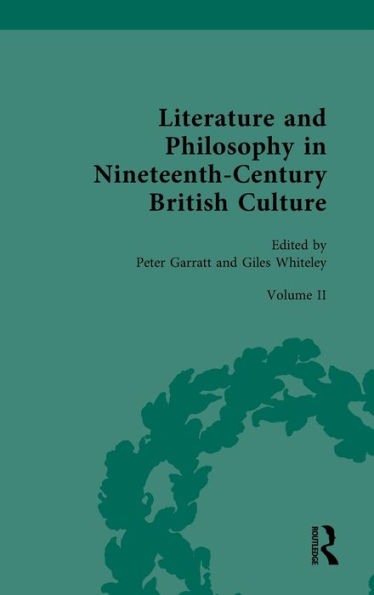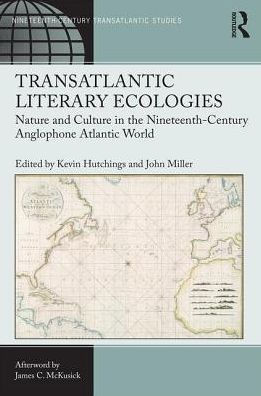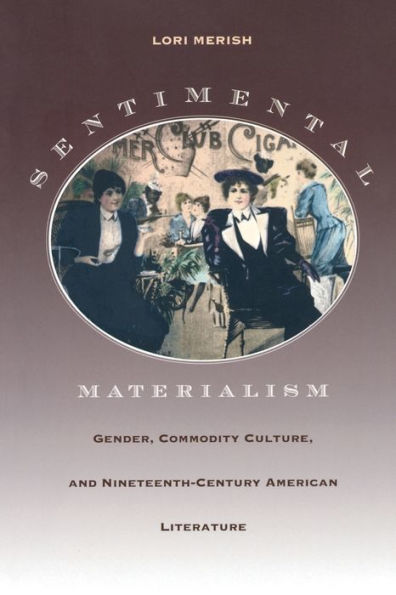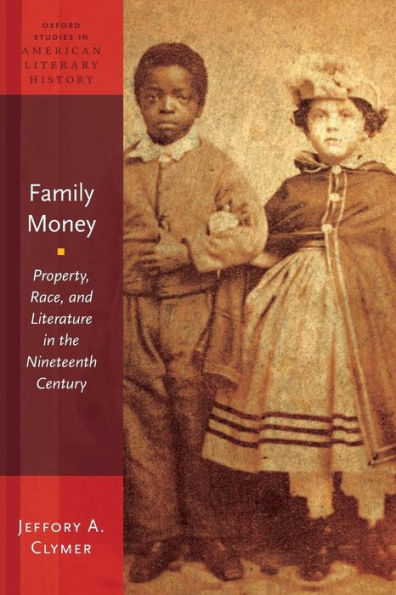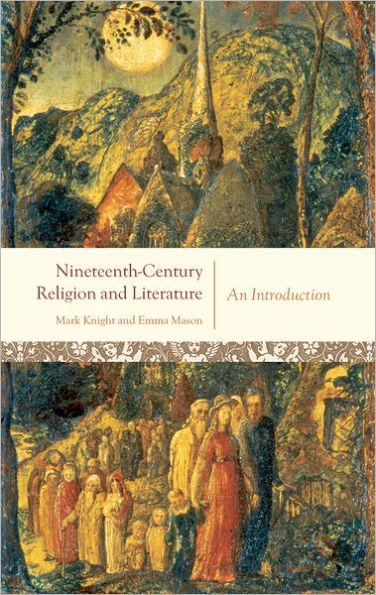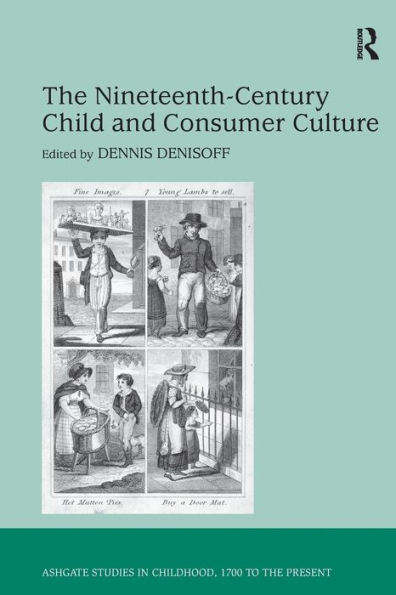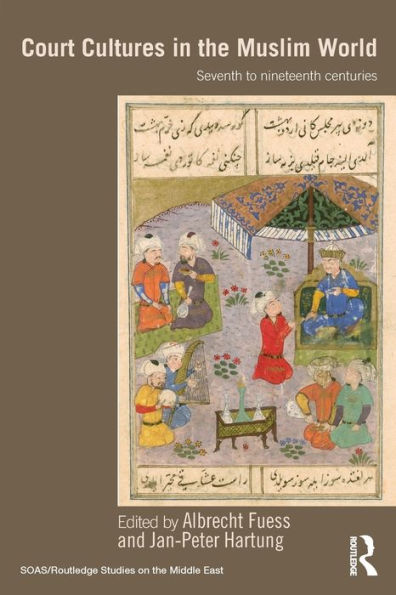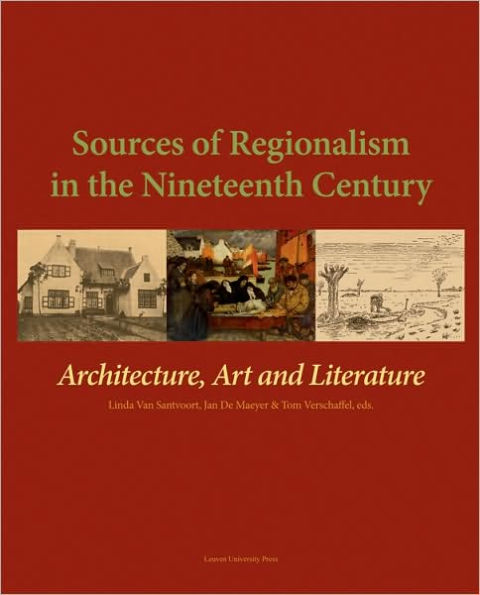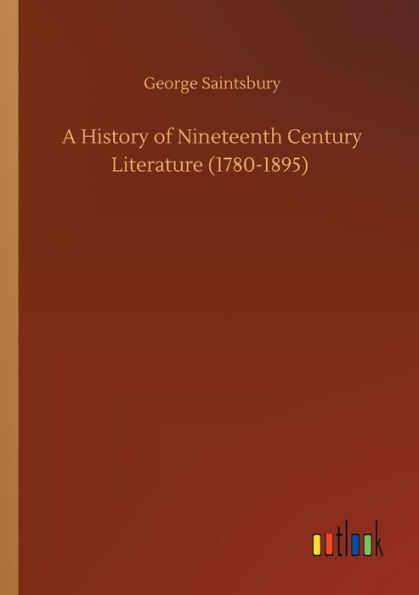Home
Crossing Cultures: Nineteenth-Century Anglophone Literature in the Low Countries
Barnes and Noble
Crossing Cultures: Nineteenth-Century Anglophone Literature in the Low Countries
Current price: $55.00
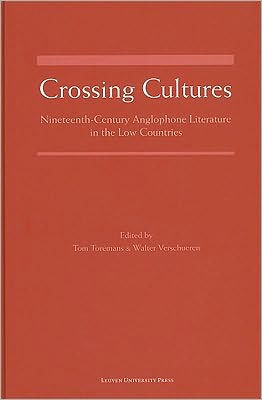

Barnes and Noble
Crossing Cultures: Nineteenth-Century Anglophone Literature in the Low Countries
Current price: $55.00
Size: OS
Loading Inventory...
*Product information may vary - to confirm product availability, pricing, shipping and return information please contact Barnes and Noble
Crossing Cultures
brings together scholars in the field of reception and translation studies to chart the individual and institutional agencies that determined the reception of Anglophone authors in the Dutch and Belgian literary fields in the course of the nineteenth and the beginning of the twentieth century. The essays offer a variety of angles from which nineteenth-century literary dynamics in the Low Countries can be studied. The first two parts discuss the reception of Anglophone literature in the Netherlands and Belgium, respectively, while the third part focuses exclusively on the Dutch translation of women writers.
brings together scholars in the field of reception and translation studies to chart the individual and institutional agencies that determined the reception of Anglophone authors in the Dutch and Belgian literary fields in the course of the nineteenth and the beginning of the twentieth century. The essays offer a variety of angles from which nineteenth-century literary dynamics in the Low Countries can be studied. The first two parts discuss the reception of Anglophone literature in the Netherlands and Belgium, respectively, while the third part focuses exclusively on the Dutch translation of women writers.
